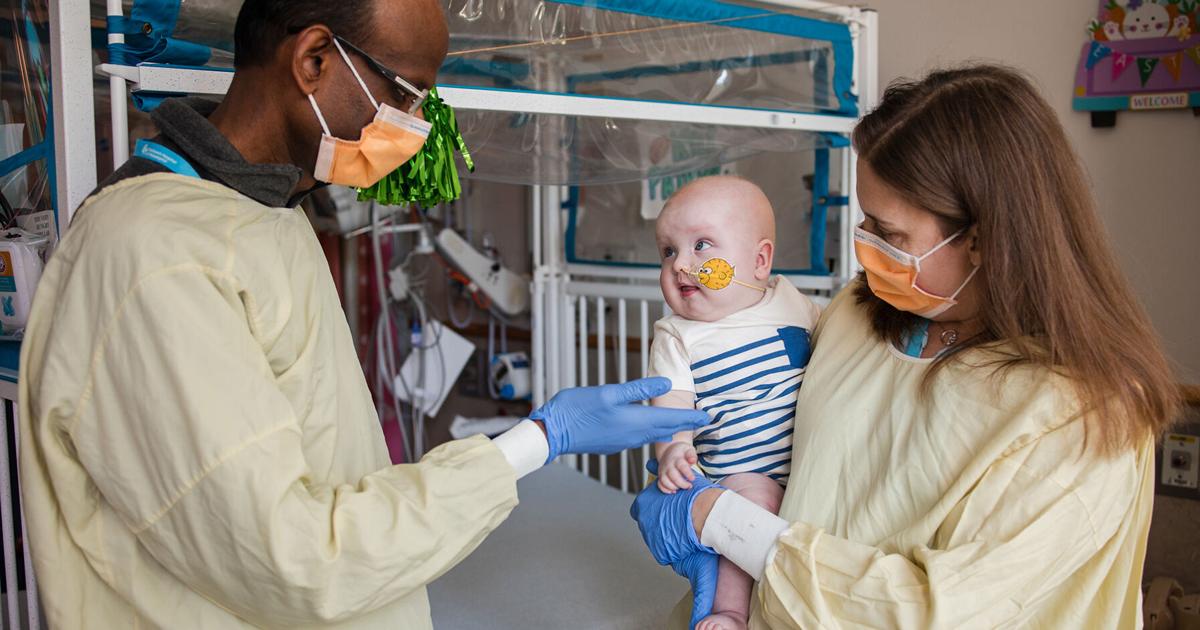Researchers at UC Berkeley’s Innovative Genomics Institute, or IGI, developed a revolutionary treatment using CRISPR-Cas9 gene editing technology for an infant born with a rare genetic disease.After the first doses of the treatment were administered in February, the patient is continuing to grow up healthy.
KJ Muldoon was born last August with a urea cycle disorder, resulting in an inability to generate the required enzyme to break down ammonia. This disorder often requires a liver transplant and can be potentially fatal.
A team of researchers at IGI worked alongside the Children’s Hospital of Philadelphia to race towards a new treatment for Muldoon using CRISPR technology, which was developed by UC Berkeley researchers Jennifer Doudna and Emmanuelle Charpentier in 2012.
In only six months, the researchers developed a personalized treatment to combat the effects of Muldoon’s genetic disorder.
“That was really record-breaking time,” said principal investigator at IGI Petros Giannikopoulos.
The treatment utilized CRISPR technology to “edit” the patient’s liver cells into producing the enzyme CPS-1, which breaks down ammonia by incorporating it into urea, according to Giannikopoulos. This was done by using a lipid nanoparticle and a CRISPR-modified RNA molecule to target the specific site of the disorder, “editing” the cells there to produce CPS-1.
Muldoon received his first of three doses in February. After the first doses were administered, the researchers used Muldoon’s dietary responses to measure his progress.
The researchers found that Muldoon’s blood urea nitrogen levels were reduced following the start of the treatment, indicating he was responding well.
Doctors and dietitians have continued to monitor Muldoon, noting through his diet and general wellness checks that he is growing up healthily.
The IGI research team led by Giannikopoulos, which included campus Ph.D. student Taylor Hudson, campus undergraduate Aysel Ogul and research associate Kevin Briseno, was responsible for evaluating the potential risks of the process and ensuring its safety for the patient.
“A lot of these cases, including this, (involve) such rare diseases that no pharmaceutical company, no big industry is going to make a treatment for them,” Hudson said while explaining why a specialized treatment is necessary for cases like Muldoon’s.
While this is not the first time CRISPR has been used to treat a patient,Muldoon’s treatment is revolutionary because it is the first time CRISPR therapy has been designed specifically for an individual, according to Giannikopoulos.
Researchers hope to apply this process on a larger scale in the future, using early cases such as Muldoon’s as a “blueprint,” Giannikopoulos added.
“This was a reactive process, not a proactive process,” Giannikopoulos said. “We reacted to this patient’s specific mutation, and that was what was so groundbreaking.”
